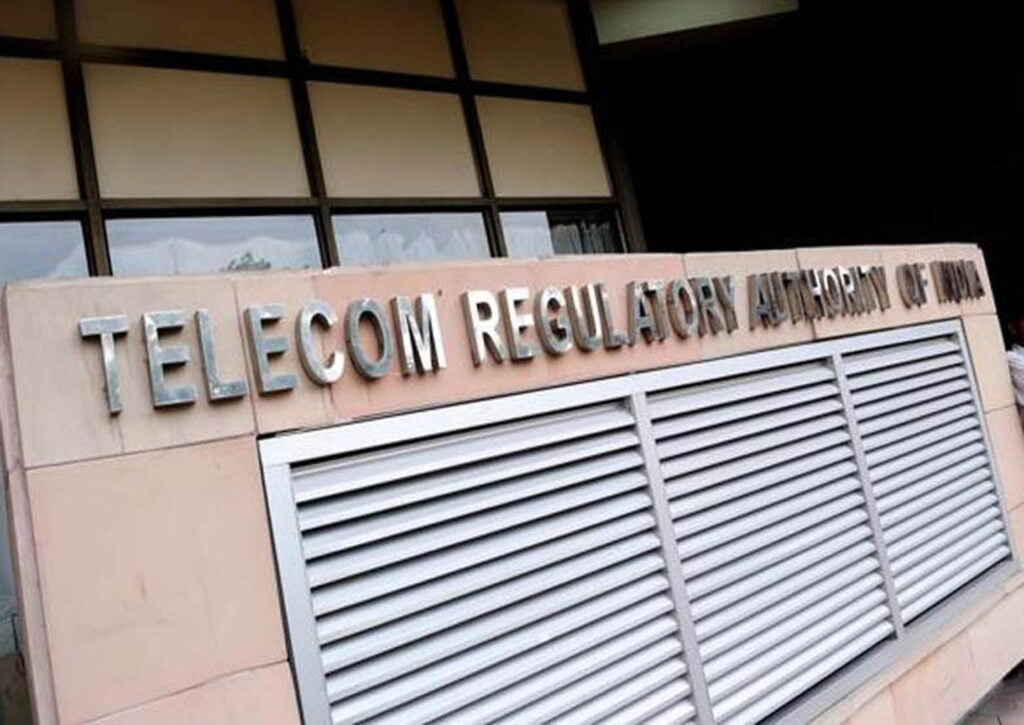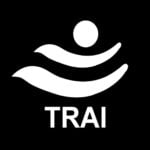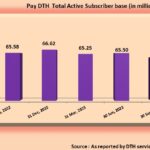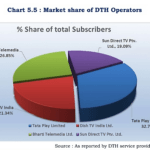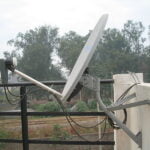The new year came with a pleasant surprise for television viewers across the country. The Telecom Regulatory Authority of India (TRAI) has today announced major amendments in the tariff order, interconnection and quality of services regulations of 2017, which are said to benefit consumers.
The regulator today said that the major issues with New Tariff Order (NTO) were cap on maximum discount permissible to broadcasters while forming a bouquet, number of channels permitted in Network Capacity Fee (NCF), applicable NCF for multi TV homes, flexibility to Distribution Platform Operators (DPOs) in offering long term subscription plans and carriage fee payable by broadcasters to DPOs. With this latest amendment, TRAI is trying to fix them.
TRAI in its amendment has duly noted that the broadcasters are misusing the freedom given to them with respect to the pricing of al-a-carte and bouquets. It has clearly explained the pricing techniques of the broadcasters with graphs and tables, reassuring that it has done its homework before coming up with these changes. The biggest concern is obviously the huge discounts being offered on the bouquets while keeping the al-a-carte pricing of the popular channels at the current maximum, which is Rs 19 per month. This has essentially taken away the freedom of the consumers to choose what they really want to watch, which was the original purpose of the New Tariff Order. Certain bouquets are being offered at half the price of an al-a-carte channel that is part of the same bouquet, forcing the consumers to buy the bouquet which they don’t need in reality. To address this issue of huge discounts in the formation of bouquets by the broadcasters and encourage the consumer choice in TV viewing, TRAI has proposed the below changes.
- Any bouquet from the broadcasters can only have those channels with an MRP of Rs 12 or less
- The sum of the a-la-carte rates of pay channels forming part of a bouquet shall in no case exceed one and a half times the rate of the bouquet of which such pay channels are a part of
- The a-la-carte rates of each pay channel in a bouquet, shall in no case exceed three times the average rate of a pay channel of the bouquet in which such pay channel is a part
- MRP of a channel should not be more than the MRP of any bouquet containing that channel
- Number of bouquets of pay channels not to be more than the number of pay channels offered by a broadcaster
These amended regulations will prevent clubbing of low-value channels with high-value channels in the same bouquet. At the same time, the regulator is hoping that the al-a-carte prices of popular channels will come down. The authority has instructed the broadcasters to publish the revised MRP of a-la-carte channels and bouquets on their website by 15th January 2020 while the DPOs are required to publish the revised DRP of a-la-carte channels and bouquets on their website by 30th January 2020.
TRAI announced big relief for multi-TV users, as the authority has capped maximum NCF payable on secondary connections to 40% of the declared NCF. Operators like Tata Sky are currently charging full Rs 130 NCF per month on secondary connections also. This change is definitely a big boon for such subscribers who use multiple TVs in the same house. However, DPOs may also ask such subscribers to furnish relevant documents before offering the discount on multi TV homes. This is to avoid misuse of the higher discount provided on the NCF for secondary connections. TRAI has reiterated that the DPOs should allow multi TV home subscribers to choose a different set of channels for each TV connection without imposing any pack restrictions on the secondary connection.
TRAI has also allowed DPOs to offer discounts on long-duration packs of more than 6 months. This move will allow the DPOs to prepare curated LDPs (Long-duration packs) with huge discounts to lure consumers. It also allowed the DPOs to run promotional offers twice a year with each offer duration not exceeding 90 days. DPOs can provide special discounts to the customers through such offers if they desire to do so. However, DPOs shall communicate to TRAI as well as to their subscribers, details of all such promotional schemes offered by them along with distributor retail price and duration of such schemes, at least seven days prior to the date of launch of such schemes.
In another important change, the regulator has doubled the channels allowed in the initial NCF slab of Rs 130 per month. Currently, in this slab, only 100 channels are provided, however, TRAI has now modified this slab to 200 channels. The amendment further said that channels which are declared mandatory by MIB like Doordarshan won’t be counted in the NCF.
Additionally, TRAI also said that the operators cannot charge NCF of more than Rs 160 per month to provide all channels available on their platform. This effectively means, the additional NCF slabs are a thing of the past. Irrespective of the operator, at the maximum, there can only be one additional slab of Rs 30, post consuming the initial slab of Rs 130. TRAI has also enabled the DPOs to declare different NCFs for different geographical regions/areas within its service area, as per their discretion within the aforementioned limits.
In order to address the concern of huge carriage fee, the Authority has mandated that MSOs, HITS operators, IPTV service providers will not have the target market bigger than State or Union Territory as the case may be. In addition, a cap of Rs 4 lakh per month has been prescribed on carriage fee payable by a broadcaster to a DPO in a month for carrying a channel in the country.
Authority has also considered giving more flexibility to DPOs to place the TV channels on Electronic Programme Guide (EPG) and mandated that channel of a language in a genre will be kept together on EPG. However, such EPG layout is to be mandatorily reported to the TRAI and changes can be done only after approval from the authority. TRAI said that this will address the concerns of broadcasters to a great extent to protect them as it will not allow DPOs to frequently change the LCN of the television channel in case they do not agree to their mandates.
Consumers will be able to benefit as per the amended provisions with effect from 1st March 2020. The authority thinks that these amendments will usher in better consumer offerings, more flexible tariff schemes and more choices for consumers.
TRAI expects that these changes will result in healthier and structured growth of the Broadcasting and Cable Services sector. What do you think of these amendments by TRAI to the Tariff Order? Do you think it benefits the consumers and brings down the prices of Cable/DTH viewing? Let us know in the comments section!

